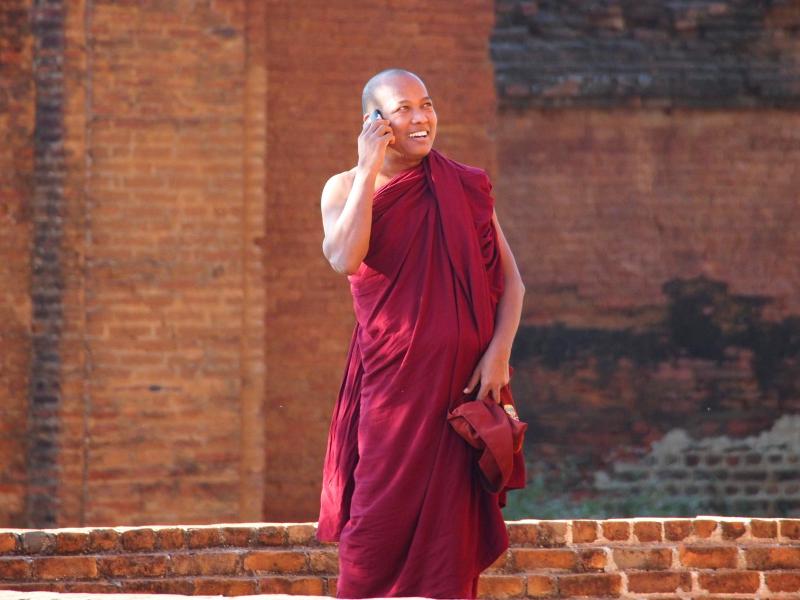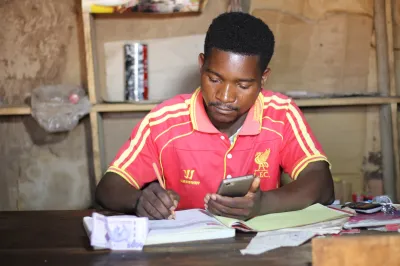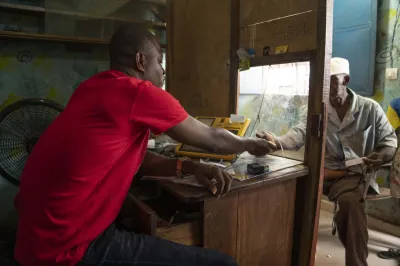Setting the Stage for Mobile Money in Myanmar
In Myanmar, the poorest country in Southeast Asia, where 70% of the population live in rural areas and 19 million adults earn their living through farming (FinScope 2013), mobile phones are a very new phenomenon. However, change is afoot, and in just the past four months, the number of mobile phone subscribers has increased dramatically. Adding to the incumbent Myanmar Posts and Telecommunications (MPT), two international telco giants, Ooredoo and Telenor, launched in August and October. Ooredoo gained over 1 million subscribers in the first three weeks of operations, while Telenor has already reached more than 2 million subscribers. The price of a SIM card has dropped from over $1,000 to less than $1.5, although you will often face a large crowd in order to buy one. MPT, with more than 6 million subscribers, is now sharing infrastructure with the new players, while discussions around interoperability of voice and financial services proceed. The telcos estimate that they will cover 80-90% of the population within the next four years – unprecedented growth for a country with less than 10% mobile penetration in 2013 (CGAP interviews with MNOs, January 2015).
With a population of more than 50 million, Myanmar has the most underdeveloped financial sector in region, offering only 6% of adults any type of regulated financial service. The rapid growth in telecommunications coverage is laying important groundwork that can support growth of digital financial services for the unbanked. Currently, only banks have clear regulatory space to provide mobile financial services, although MFIs were recently allowed to provide mobile payments through an October 2014 Ministry of Finance Directive. Global experience has shown that the most important scale drivers for mobile financial services for the unbanked, however, are mobile network operators. Given the significant constraints present in Myanmar’s present banking system, MNOs may be able to provide a critical leapfrog effect for financial inclusion through the provision of mobile money accounts, linking the unbanked more quickly to digital financial highways.

And smart phones may provide even further leapfrog potential. Over the past month, CGAP has spent time in rural Myanmar with groups of women leaders and local villagers in the Irrawaddy delta to explore mobile phone use and the opportunities for financial inclusion. The near unanimous use of smart phones is apparent. Ooredoo and Telenor estimate 75% of the phones being sold in Myanmar are low-cost android phones (CGAP interviews, January 2015). Every person we met had aspirations to purchase an android phone and is saving the 30,000 kyat ($30) needed for the family mobile phone. Chinese-made Huawei smartphones are the handset of choice amongst fishermen. Villagers are already calling basic handsets “elders’ phones.”
In a country where 94% have no access to tap water and 31% no access to electricity, digital financial services may also help drive delivery of basic services (FinScope 2013). Smart phones offer a more user-friendly platform to drive financial inclusion and access in local language to other key services, such as energy, health care and education. In many villages, there are now thriving small-scale solar businesses providing enough power for lighting households lighting and charging mobile phones for as low as 8000 kyat ($8 per month) and leading MFIs like Proximity providing financing to access solar solution.
But to realize the potential of digital finance, a key success factor will be the ability to develop strong, trusted and ubiquitous agent networks, particularly in rural areas. In Myanmar, there are a range of existing institutions that could be tapped. The recent UNCDF “MAP” study pointed to the broad use of more than 400,000 “Hundi”, or informal networks used for international and domestic remittances, sometimes in very large volumes. Monasteries also serve myriad roles in villages and towns across Myanmar, offering a place for gatherings, education, and basic health care, and even financial services. In a remote village in Shan State, for example, a network of Buddhist monasteries has become a credit union for its community known as Won Metta. Villagers meet once a month at the monastery to save. Staff and volunteers update savings passbooks into local Shan language and a committee of 15 local elders dispense loans at lower interest rates than banks. For remote villages and towns in Shan state with no access to banks, Won Metta has changed how community-led village savings groups can impact savings and enabling social safety nets.
Myanmar could benefit from the deeper engagement of mobile network operators to bridge the financial inclusion gap. Draft regulations currently under consideration to allow mobile operators to offer mobile money could drive the kind of rapid expansion of account coverage we have seen in Africa and parts of South Asia. With Myanmar’s government goal to reach 80% financial inclusion by 2020 as a part of ASEAN, providing the MNOs with more space to engage in financial service delivery, building smart phone capability and driving rural network development could be game changers.




Add new comment